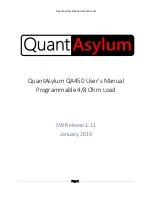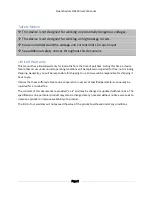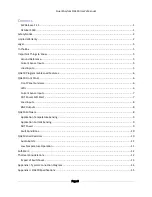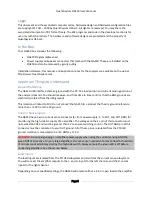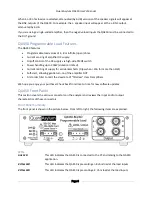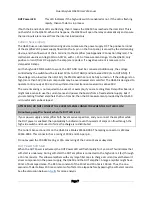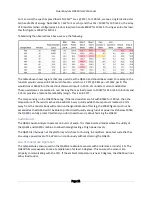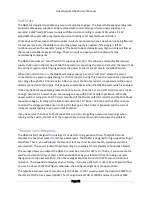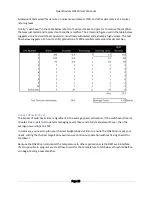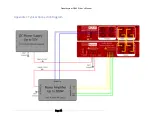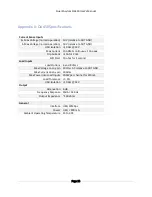
QuantAsylum QA450 User’s Manual
Page 12
Soft-Start
The QA450 is designed to enable very low-cost audio testing bays. The idea is that expensive lab-grade
programmable power supplies can be replaced with commodity open-frame power supplies. For
example, a 1KW fixed 48V power supply with fixed current limiting is under $100, while a 1 KW
adjustable lab supply with programmable current limiting costs several thousand dollars.
To make use of these low-cost fixed supplies in a test environment where a new board is being fixtured
for test every minute, the ability to control the power supply is needed. If the supply is left on
continuously, when the operator “plugs in” the board t
o be tested extremely high currents will flow as
the massive amplifier capacitors charge. These currents can easily reach hundreds of amps,
overstressing components.
The QA450 provides an “on/off” switch for supplies up to 5
0V. This allows a commodity fixed power
supply to be used in the test bay. While the operator is connecting the amp to be tested, there won’t be
any arcing or high currents flowing because the power to the amp is off due to the QA450 switch.
When instructed to turn on, the QA450 will a
lways apply a 1 second “soft start” where the amp is
connected to the power supply through a 10 ohm resistor. During this time, the massive amp capacitors
can charge though the 10 ohm resistor. After 1 second, the 10 ohm resistor is bypassed and the amp is
directly connected to the supply. This happens automatically when the QA450 power switch is enabled.
If the amp has bulk capacitance greater than 10 mF or so, then the 1 second soft start time may not be
enough. Assume for a moment you are running an amp with 50 mF of bulk capacitance. When the
power switch is turned on, an RC circuit comprised of the 10 ohm soft-start resistor and the 50 mF bulk
capacitance begins to charge. One time constant will be 10 * 50 m = 500 mS, and thus after one time
constant the voltage will have risen to 31.6V. At that point, the 10 ohm is bypassed and the current
increases rapidly leading to an overcurrent condition.
If you have more than 10 mF of bulk capacitance, and you are getting overcurrent warnings when
turning on the switch, contact us at the support alias and we can work to help solve the problem.
Thermal Considerations
The QA450 is NOT designed for sinking 10’s of watts for long periods of time. The QA450 cannot
dissipate the heat that comes from those power levels. The QA450 is designed for high-speed testing of
amplifiers. That is, you will subject the amplifier to many short bursts of audio, typically around 1-2
seconds each. The power levels of these tests may be anywhere from milliwatts to hundreds of watts.
The average power you subject the QA450 to must be around 5-10W or so. That is, if you compute the
watt*second product of your tests, and then divide that by your total test time (including operator
change over to the next amplifier), then the average should be around 5-10W to ensure continuous
operation. This depends somewhat on your factory. If you keep the factory near 25C with good airflow
you can be closer to the 10W figure, otherwise, the 5W figure might be more appropriate.
The table below shows what a test plan might look like. Test #1 would subject the board to 300W for a
short test of THD at max power (300W). Test 2 might look at THD at 100W, and test 3 perhaps 50W.

